In English below.
Det nya året innebär stora förändringar för oss inom administrationen. Just nu iordningställs lokaler på våning 1 i Ekologihuset och efter nyår hittar du de flesta av oss där. Kommunikation, HR, Ekonomi, IT och institutionsledning kommer alla att samlas längs den norra sidan av huset. Längst österut återfinns ekonomi och institutionsledning. Därefter kommer IT och i den tredje delen återfinns HR, kommunikation och enhetsadministration. Prefektkansliets nuvarande placering på våning 2 i Ekologihuset ska bli en del av CEC från och med nästa år.
I samband med den fysiska flytten ändrar vi bland ansvarsområdena för HR och enhetsadministration.
Katarina Nygren, ekonomiadministratör och Sara Bengtsson, personaladministratör tar hand om Molekylär cellbiologi samt Funktionell Zoologi, och ha sin placering i Biologihuset.
Annika Hecktor, ekonomiadministratör och Adam Niekrasz, personaladministratör sköter MEMEG och Evolutionär ekologi, och det gör de från B160-korridoren i Ekologihuset.
Anna Lindkvist, ekonomiadministratör och Izabella Sec, personaladministratör tar hand om Biodiversitet och Akvatisk ekologi och de har också placering i B160-korridoren.
Du hittar också vem som gör vad inom administrationen på vår internwebb.
God jul och gott nytt år från oss och väl mött 2020!
Joakim Nilsson
The new year means major changes for us in the administration. After New Year, you will find most of us on the first floor of the Ecology House. Communication, HR, Finance, IT and department management will all be gathered along the north side of the house. At the far east you will find economy and the institutional management. Then comes IT and in the last part you find HR, communication and unit administration. The Prefectural Office’s current location on floor 2 of the Ecology House will become part of the CEC as of next year.
In connection with the physical transfer, we change among the responsibilities of HR and unit administration.
Katarina Nygren, Finance Administrator and Sara Bengtsson, Personnel Administrator take care of Molecular cell biology and Functional Zoology, and have their placement in the Biology House.
Annika Hecktor, Finance Administrator and Adam Niekrasz, Personnel Administrator manage MEMEG and Evolutionary Ecology, and they do so from the B160 corridor in the Ecology House.
Anna Lindkvist, Finance Administrator and Izabella Sec, Personnel Administrator take care of Biodiversity and Aquatic Ecology and they also have placement in the B160 corridor.
At our internal website you will also find who to contact for administrative help.
Merry Christmas and Happy New Year from us and well met 2020!
Joakim Nilsson



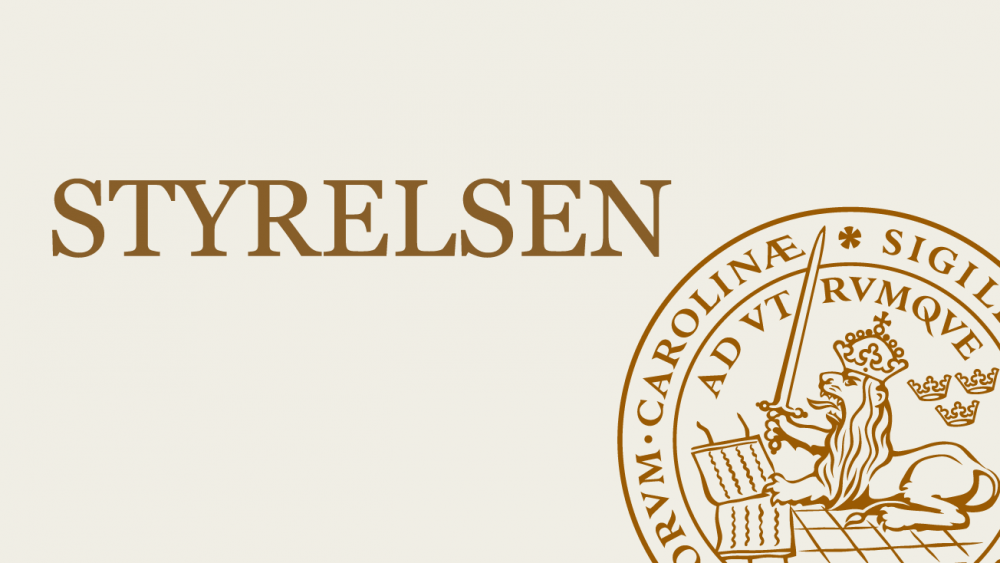
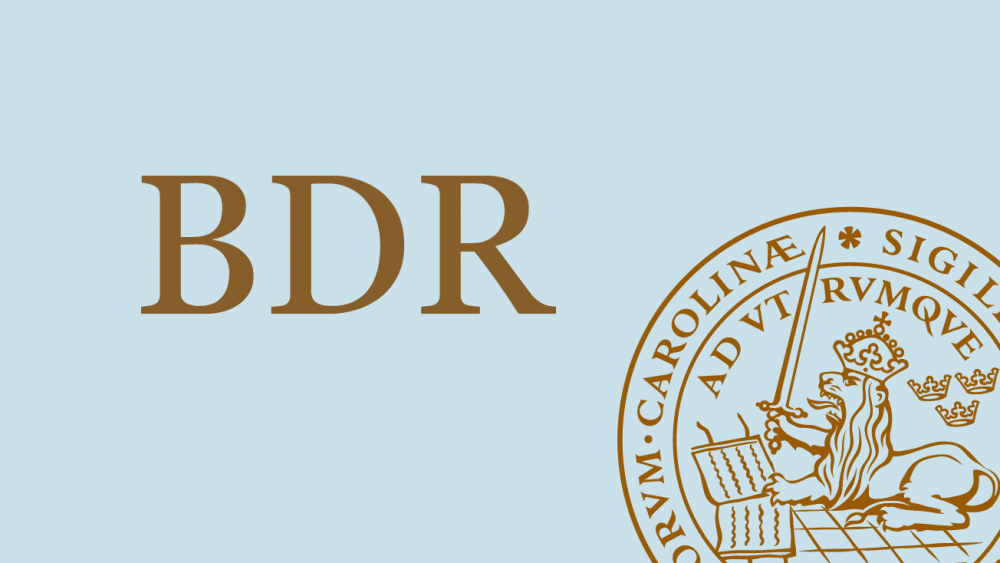
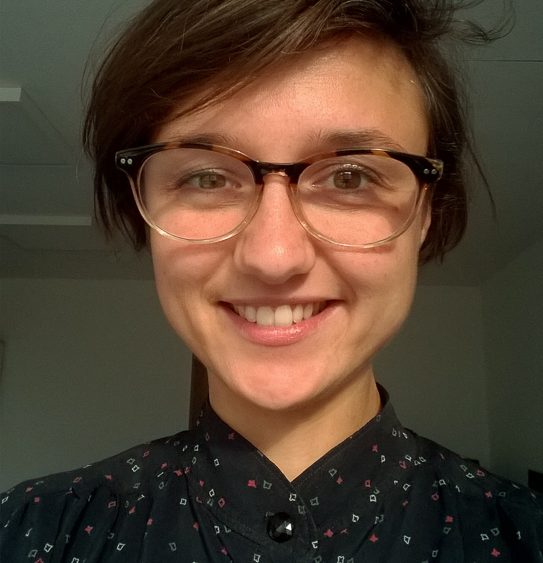
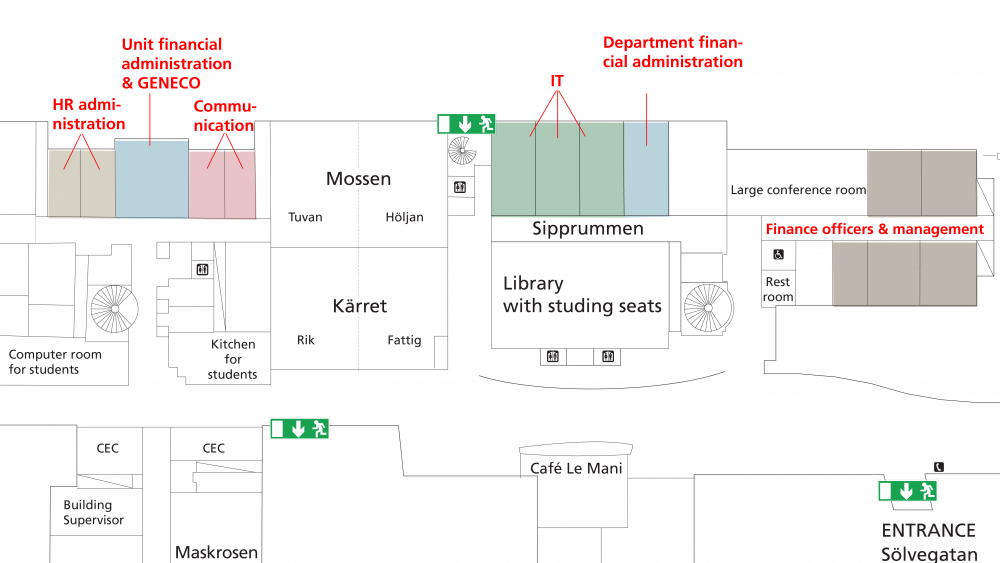
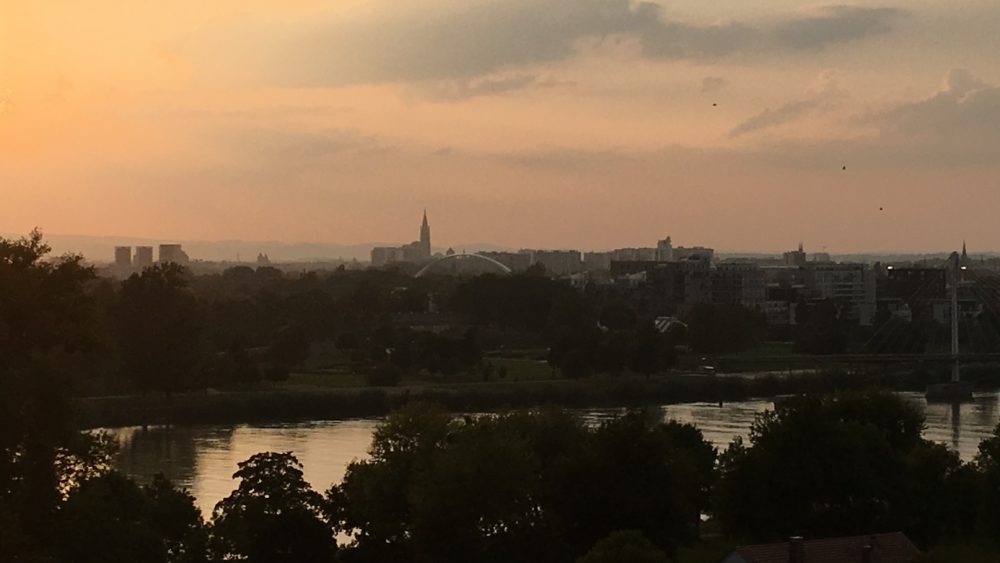
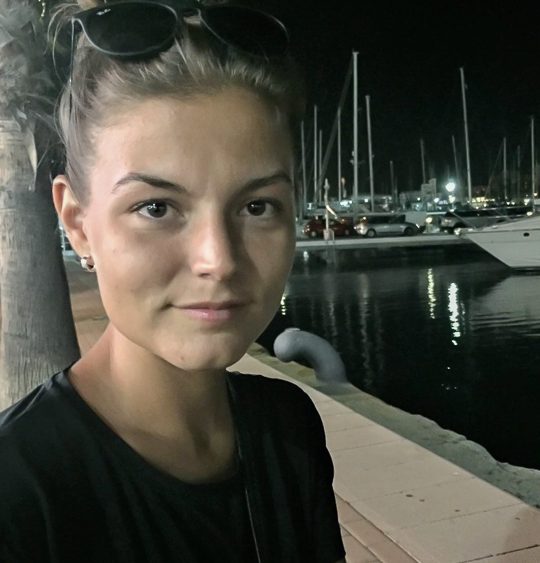
Kommentarer